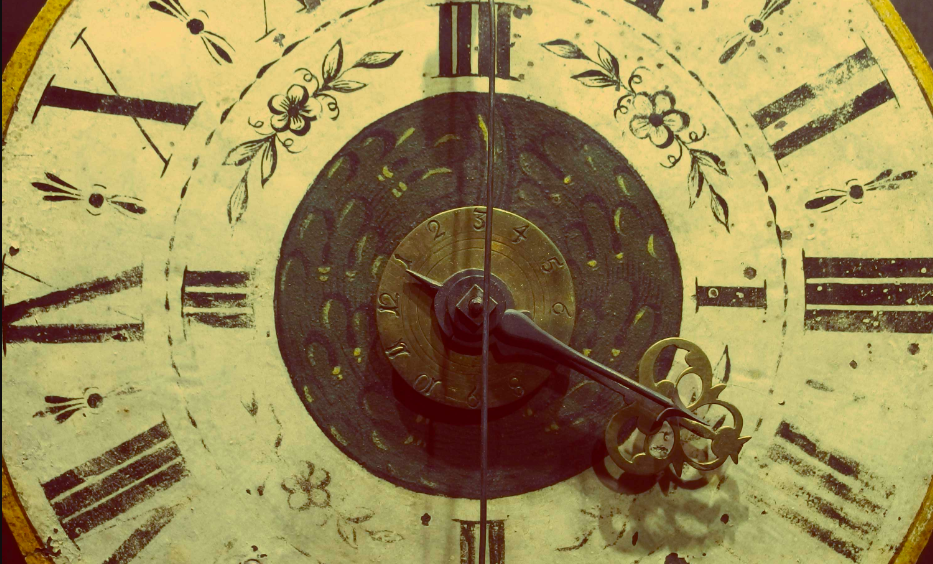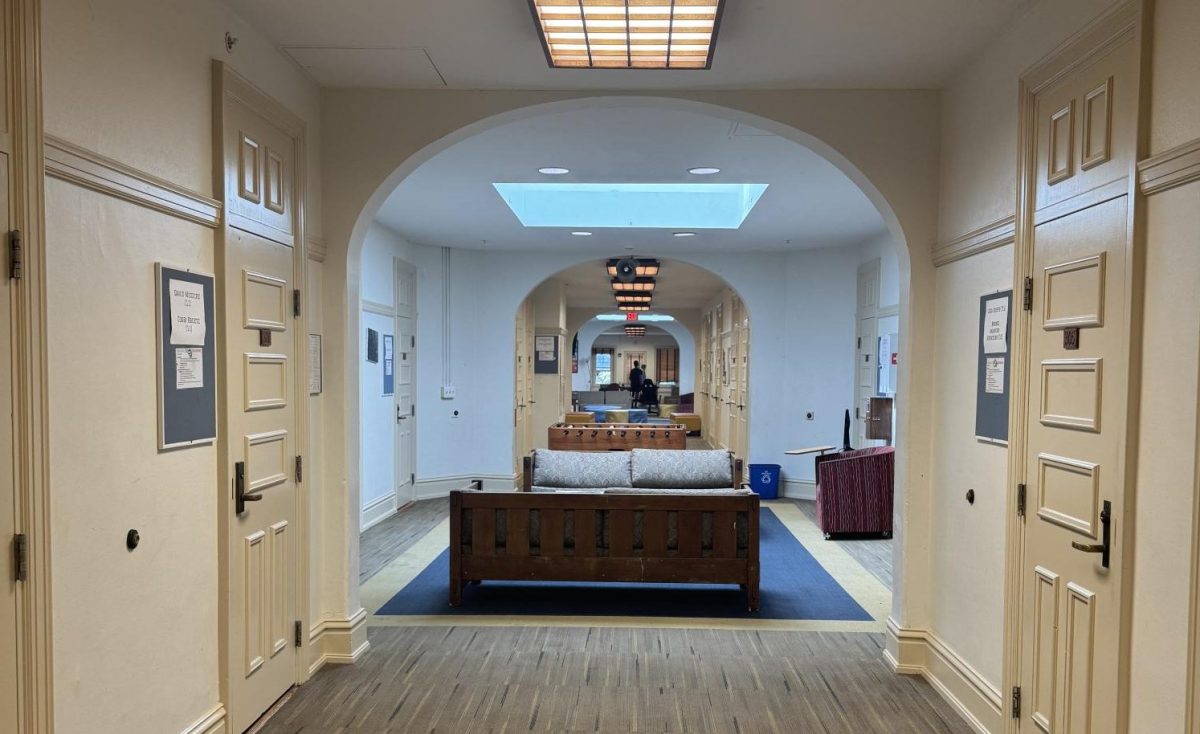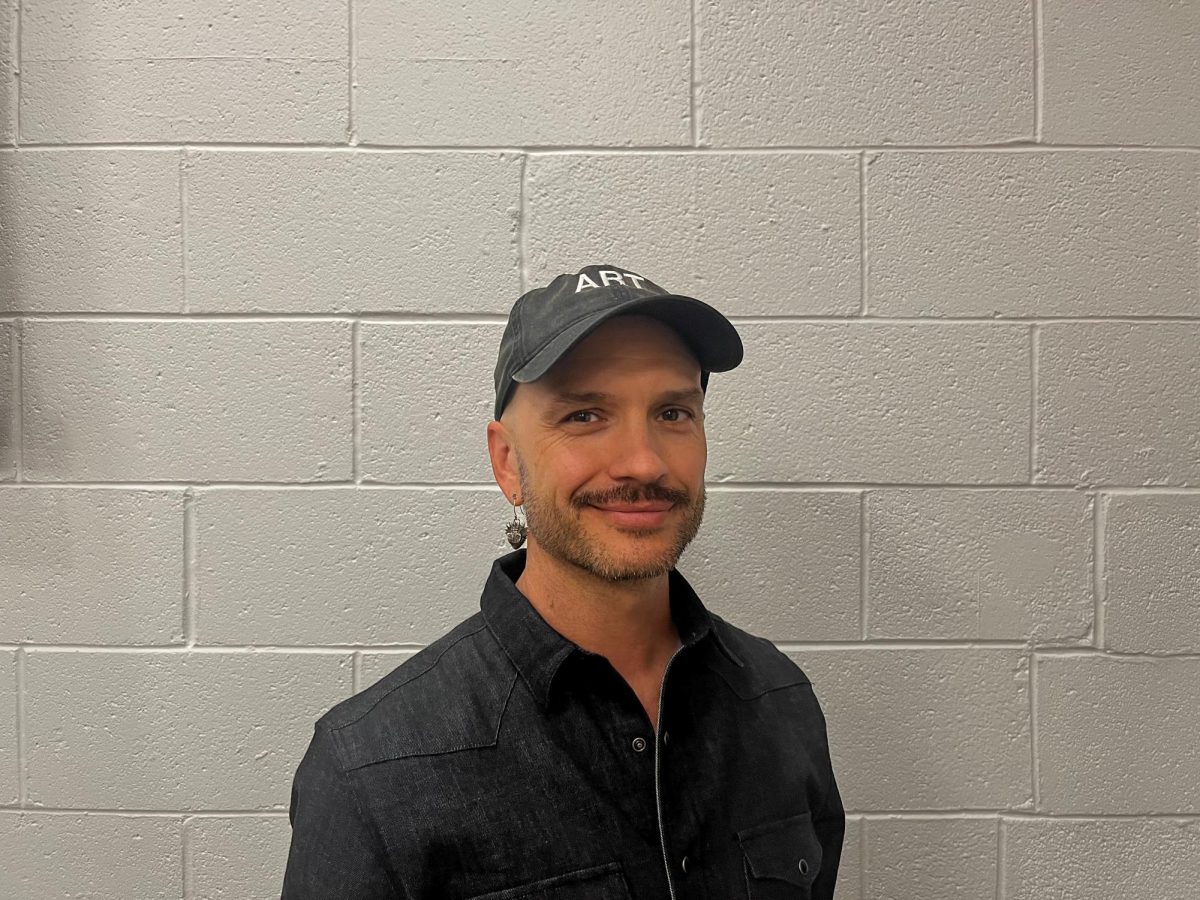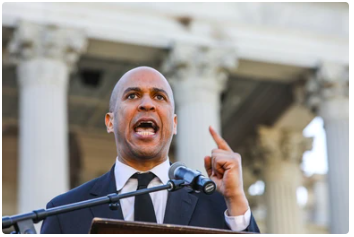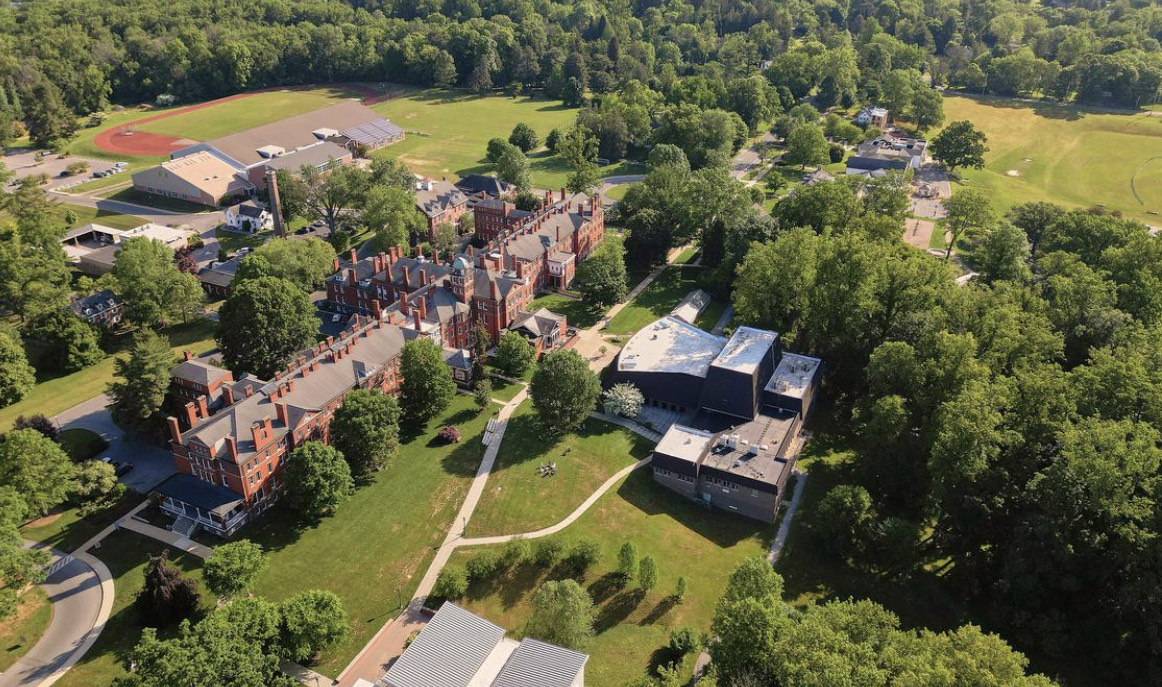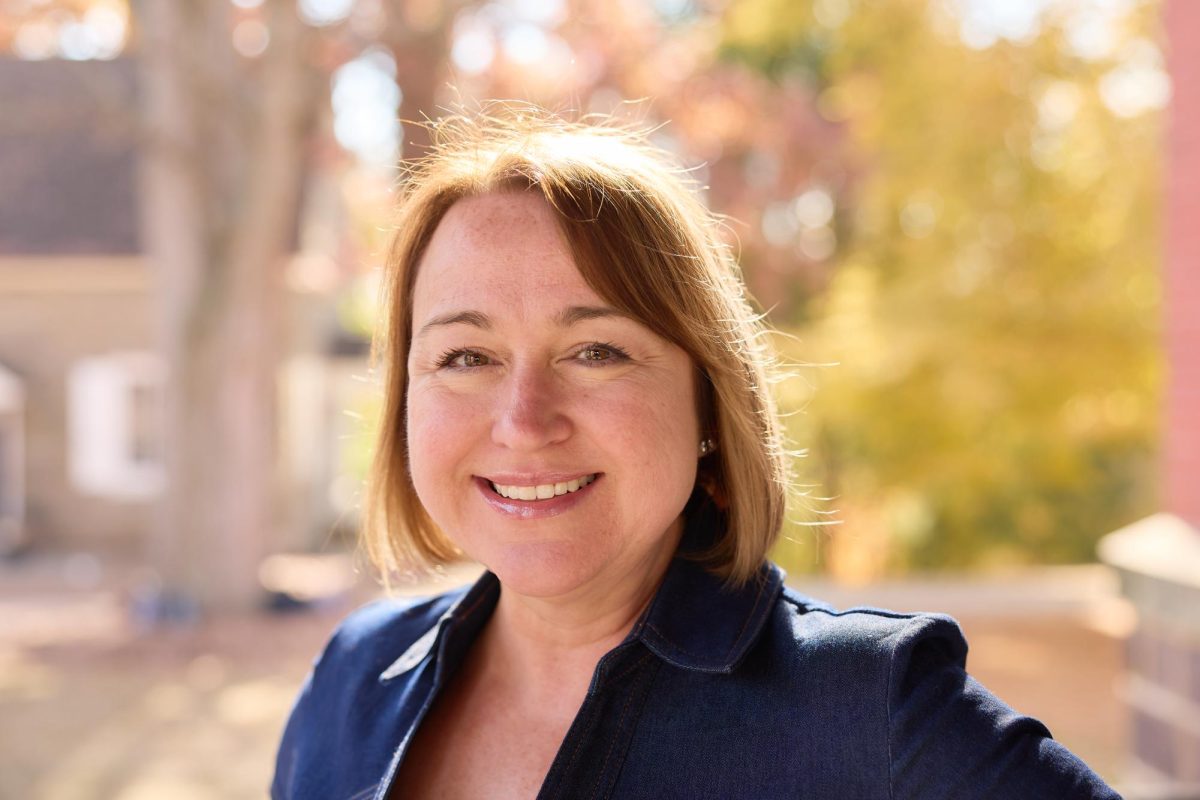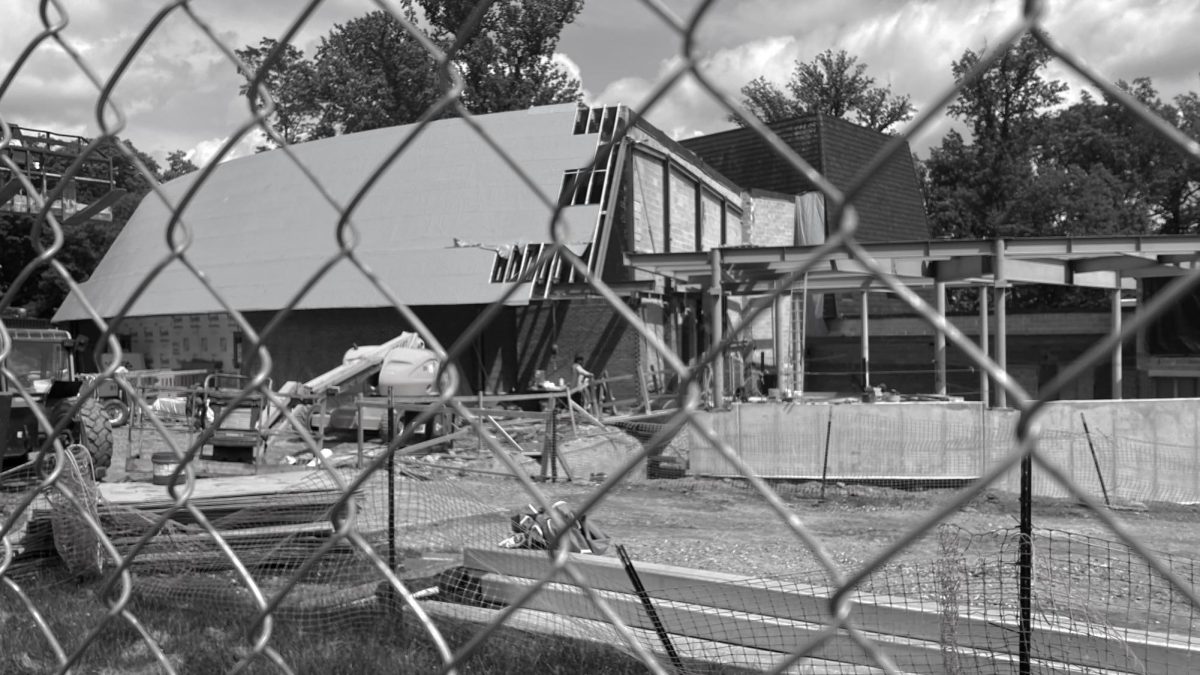Every year, us Americans move our clocks forward in the spring, only to move them back in the fall. Why do we do this? How did it come about?
According to CBS News, George Hudson in 1895 came up with the idea; the clock would be shifted in order to give people more sunlight in the summer. Of course, the clocks don’t shift the Sun, but rather human activity in relation to the rise and fall of the Sun. This way, we have more sunlight when it’s needed. Daylight saving time is the name given to the months of late spring to early fall, and the rest of the year is called regular time. This means that people have more time to enjoy the sunlight while it lasts. Hudson himself was an entomologist, and daylight saving would mean that he would get more time to study bugs.
CBS News reports that Germany was the first country to adopt Hudson’s idea, back in 1916, although they weren’t concerned about frolicking in the sunlight as much as they were about saving up for the war. Their idea was that people would stay out later and therefore use less artificial lighting. They would save energy and could use it to feed the war.
Daylight saving is under scrutiny now, however, with experts disagreeing on whether it saves energy or actually costs us. It could be costing us, as a recent study shows. When places that are sunny year-round get an extra hour of daylight, they use more air conditioning, which takes up a lot of energy and money. It’s an open topic that could see some change in the coming years.
Fun Facts about DST (from this article):
- Hawaii and Arizona are the only two US states that don’t do daylight saving.
- In the week after we switch the clocks forward, over $480 million is lost in productivity.
- Contrary to popular belief, clocks switch at 2 A.M. rather than 12 A.M.
- Your pet notices the difference of one hour in your behaviors.
